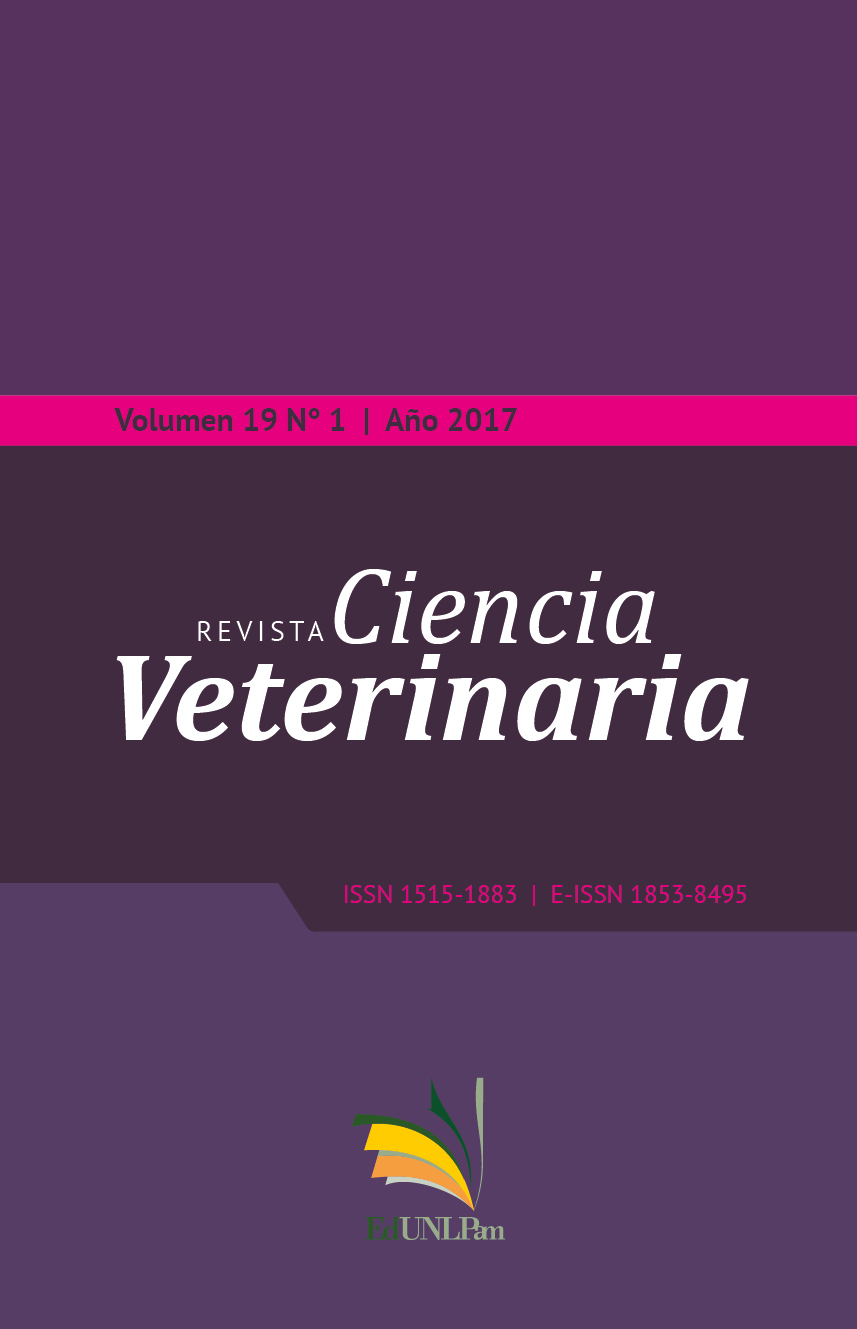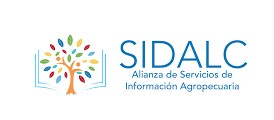Control de los niveles de garantía de extracto etéreo, proteína bruta y fósforo declarados en alimentos comerciales para perros y gatos / Control of the warranty level of ether extract, gross protein and phosphorous expressed in the label of dog and cat
DOI:
https://doi.org/10.19137/cienvet-20171911Palabras clave:
extracto etéreo, fósforo, proteína bruta, alimentos balanceadosResumen
Se analizaron los niveles de garantía de Extracto Etéreo, Proteína Bruta y Fósforo declarados en la etiqueta de alimentos balanceados para perros y gatos. Se evaluaron muestras obtenidas de 8 alimentos balanceados comerciales para perros y 3 para
gatos. Para la determinación de Extracto Etéreo, Proteína Bruta y Fósforo se emplearon los métodos directo de extracción intermitente por Soxhlet, Kjeldahl y colorimétrico por reducción del sulfomolibdato respectivamente. Se realizaron tres repeticiones
de cada análisis, el valor promedio calculado fue corregido respecto al porcentaje de materia seca. Los porcentajes corregidos, expresados en base a Materia Seca fueron comparados con los niveles de garantía informados por los fabricantes en las etiquetas
con respecto al Extracto Etéreo el porcentaje expresado en la etiqueta fue menor en cinco alimentos para perros y dos para gatos. Respecto al porcentaje de Fósforo en dos alimentos para perros y de Proteína Bruta en cuatro alimentos para perros y uno para gatos fueron menores a los informados en las etiquetas. Se encontró mayor porcentaje de Extracto Etéreo en un alimento para cachorros. Los porcentajes de humedad, determinados
por el método gravimétrico indirecto por desecación a 65°C por 48 h, dieron porcentajes promedio de 46,6% inferior a los informados. Se concluye que todos los alimentos para perros tienen alguna incoherencia en alguno de los niveles de garantía informados en las etiquetas con respecto a Extracto Etéreo, Fosforo o Proteína Bruta. De los alimentos destinados a gatos, sólo uno cumplió con los niveles informados. Es llamativo el bajo porcentaje de humedad encontrado en todos los alimentos analizados.
Descargas
Descargas
Publicado
Cómo citar
Número
Sección
Licencia
Al momento de enviar sus contribuciones, los colaboradores deberán declarar , de manera fehaciente, que poseen el permiso del archivo o repositorio donde se obtuvieron los documentos que se anexan al trabajo, cualquiera sea su formato (manuscritos inéditos, imágenes, archivos audiovisuales, etc.), permiso que los autoriza a publicarlos y reproducirlos, liberando a la revista y sus editores de toda responsabilidad o reclamo de terceros , los autores deben adherir a la licencia Creative Commons denominada “Atribución - No Comercial CC BY-NC-SA”, mediante la cual el autor permite copiar, reproducir, distribuir, comunicar públicamente la obra y generar obras derivadas, siempre y cuando se cite y reconozca al autor original. No se permite, sin embargo, utilizar la obra con fines comerciales.








.jpg)

4.png)


7.png)






